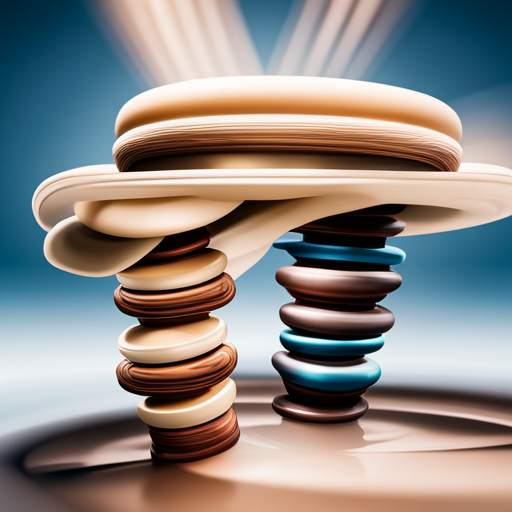Are you ready to dive into the fascinating world of spinal discs?nnBrace yourself for a rollercoaster ride through the twists and turns of their function, problems, and solutions.
Spinal discs, those incredible shock absorbers nestled between your vertebrae, are like superheroes protecting your spine from the wear and tear of daily life. But like any hero, they sometimes encounter challenges. From bulging discs to herniated discs, these pesky problems can cause serious pain and discomfort. But fear not! There are solutions aplenty to get you back on track.
In this article, we’ll explore the ins and outs of spinal discs, from their anatomy to the common problems they face. We’ll delve into the symptoms, diagnosis, and treatment options that can help you find relief.
So buckle up and get ready to uncover the secrets of spinal discs and discover how to keep your spine happy and healthy. Let’s embark on this adventure together!
Key Takeaways
- Spinal discs act as shock absorbers and protect the spine.
- Common problems with spinal discs include bulging discs and herniated discs.
- Diagnostic tests like MRI or CT scans can identify disc abnormalities.
– Treatment options for spinal disc problems include physical therapy, medication, and spinal injections.
Anatomy of Spinal Discs
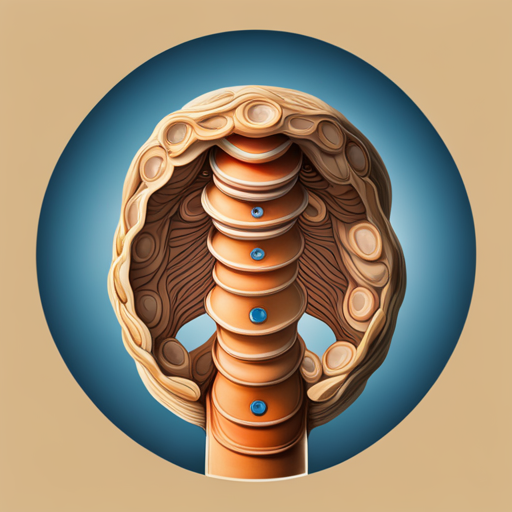
The spinal discs, located between each vertebra, act like shock absorbers, allowing for flexibility and cushioning within the spine. These discs have a unique structure and composition that contribute to their function.
Each disc consists of two main parts: the outer ring, called the annulus fibrosus, and the inner gel-like substance, called the nucleus pulposus. The annulus fibrosus is made up of tough, fibrous cartilage that surrounds the nucleus pulposus, which is a jelly-like material. This structure helps the discs withstand pressure and absorb shocks during movement.
The spinal discs also provide space for the spinal nerves to pass through, ensuring proper communication between the brain and the rest of the body. Understanding the anatomy of spinal discs is crucial in identifying common problems with them, such as herniated discs or degenerative disc disease.
Common Problems with Spinal Discs
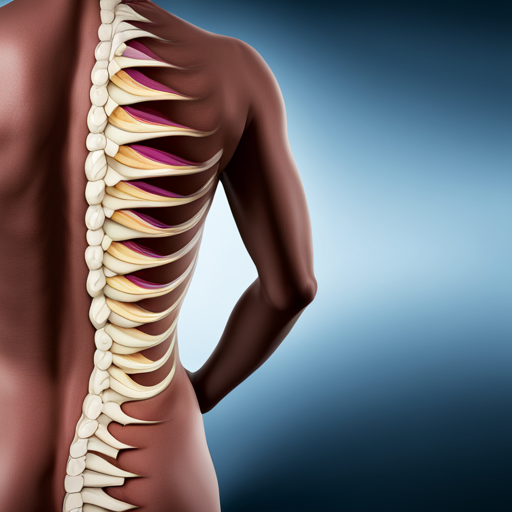
When you have issues with your spinal discs, it’s like having a flat tire in your body’s suspension system. It can be a real pain in the back! But don’t worry, there are ways to fix it without going under the knife.
Non-surgical treatments are available that can help relieve the pressure on your discs and reduce the pain. Physical therapy techniques, such as exercises and stretches, can also strengthen the muscles around your spine and improve your posture.
Imagine a mechanic working on your body, tightening and adjusting everything back into place. These treatments can be like a tune-up for your spine, getting it back in top shape. So, if you’re experiencing issues with your spinal discs, don’t despair. There are solutions out there that can help you get back on the road to recovery.
Now, let’s talk about the symptoms and diagnosis.
Symptoms and Diagnosis
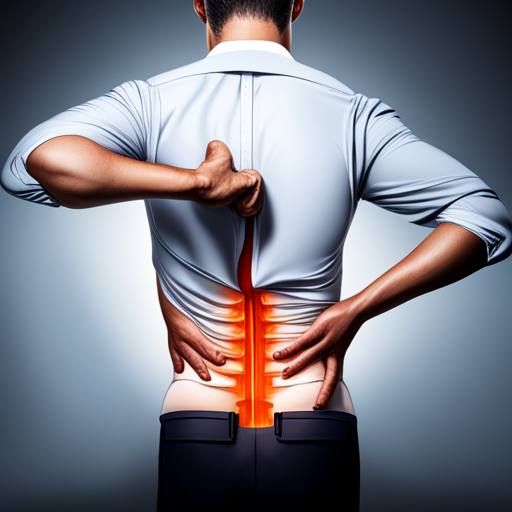
Now, picture yourself experiencing the symptoms and seeking a diagnosis for your spinal disc issues. You might be feeling pain in your back or neck, along with weakness or numbness in your arms or legs.
To determine the cause of your symptoms, your doctor may order diagnostic tests such as an MRI or CT scan. These tests can provide detailed images of your spine, allowing your doctor to identify any disc abnormalities.
Once a diagnosis is made, your doctor may recommend non-surgical treatments like physical therapy, medication, or spinal injections. These treatments aim to reduce inflammation, relieve pain, and improve your mobility.
It’s important to follow your doctor’s recommendations and give these treatments a chance to work before considering surgical options.
Now, let’s explore the various treatment options available for spinal disc problems.
Treatment Options
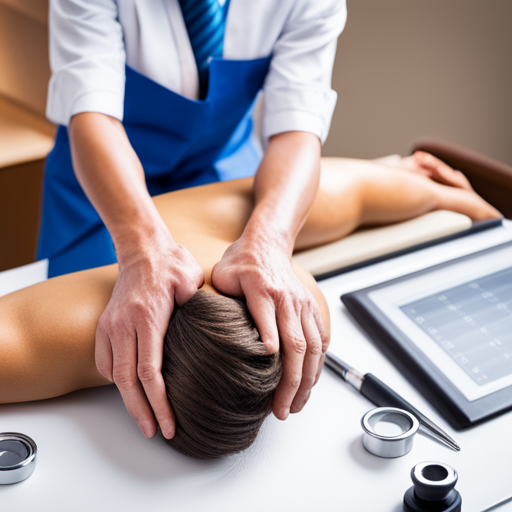
Consider exploring the available treatment options for your spinal disc issues to find relief and improve your quality of life. You don’t have to jump straight into surgery! There are non-surgical alternatives that might be worth considering.
Physical therapy is one option that focuses on strengthening your muscles and improving your flexibility. By working with a trained therapist, you can learn exercises and techniques to relieve pain and support your spine. It’s important to give these treatments a fair chance before considering more invasive measures.
However, if non-surgical options don’t provide enough relief, don’t worry! There are surgical interventions that can be explored. These procedures should always be a last resort and should be discussed with your doctor.
Surgical Interventions
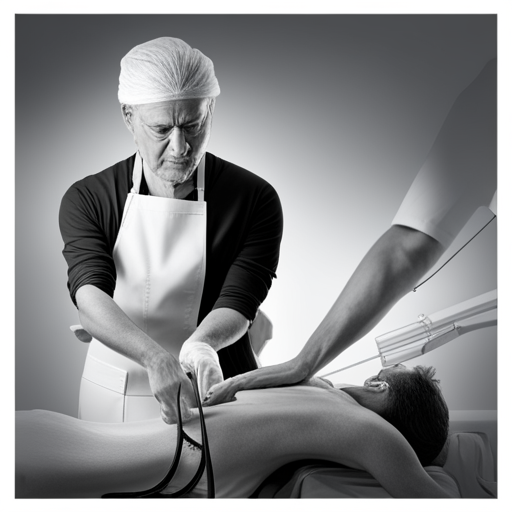
If you’ve tried everything else and your back is still giving you grief, maybe it’s time to think about surgery. Surgical interventions could be a way to fix your spinal disc problems. Talk to your doctor about it.
There are a few different techniques they might use. One option is called a discectomy, where they take out the part of the disc that’s causing trouble. Another option is a spinal fusion, where they join two vertebrae together to make them stronger.
Recovery after surgery can take some time. You might have to wear a brace or do physical therapy. It’s important to follow your doctor’s instructions and be patient. With the right care, you can get back to feeling better.
Frequently Asked Questions
Can spinal discs regenerate or repair themselves naturally?
Yes, spinal discs can repair and regenerate themselves naturally. They have cells that can produce new tissue and heal any damage. So, your body can fix those discs all on its own!
Are there any alternative therapies or non-surgical treatments for spinal disc problems?
You can try acupuncture or chiropractic care to treat spinal disc problems. Acupuncture uses tiny needles to stimulate your body’s natural healing. Chiropractic care involves gentle adjustments to align your spine and relieve pain.
How long does it usually take for spinal disc symptoms to improve with conservative treatment?
Conservative treatment for spinal disc symptoms can take weeks or months to show improvement. It’s effective for many people, but results vary. Your symptoms may improve gradually as you stick to the treatment plan.
Can lifestyle changes, such as exercise and diet, help prevent spinal disc problems?
Exercise and dietary changes can help prevent spinal disc problems. Exercise benefits your spine by strengthening the muscles around it and improving flexibility. Eating a healthy diet can also support disc health.
Are there any long-term complications or risks associated with surgical interventions for spinal disc problems?
Are there any bad things that can happen after spinal disc surgery? What about long term problems or things that could go wrong? Are there any risks you should know about?
Conclusion
So, now you know all about spinal discs! They’re like little cushions between your vertebrae, helping you move and protecting your spine.
But sometimes those discs can cause trouble, like bulging or herniating. If you’re having symptoms like pain, tingling, or weakness, you might have a problem with your discs.
Don’t worry though, there are lots of treatment options available, from physical therapy to surgery. Just remember, when life gives you a bad disc, don’t let it break your back!
